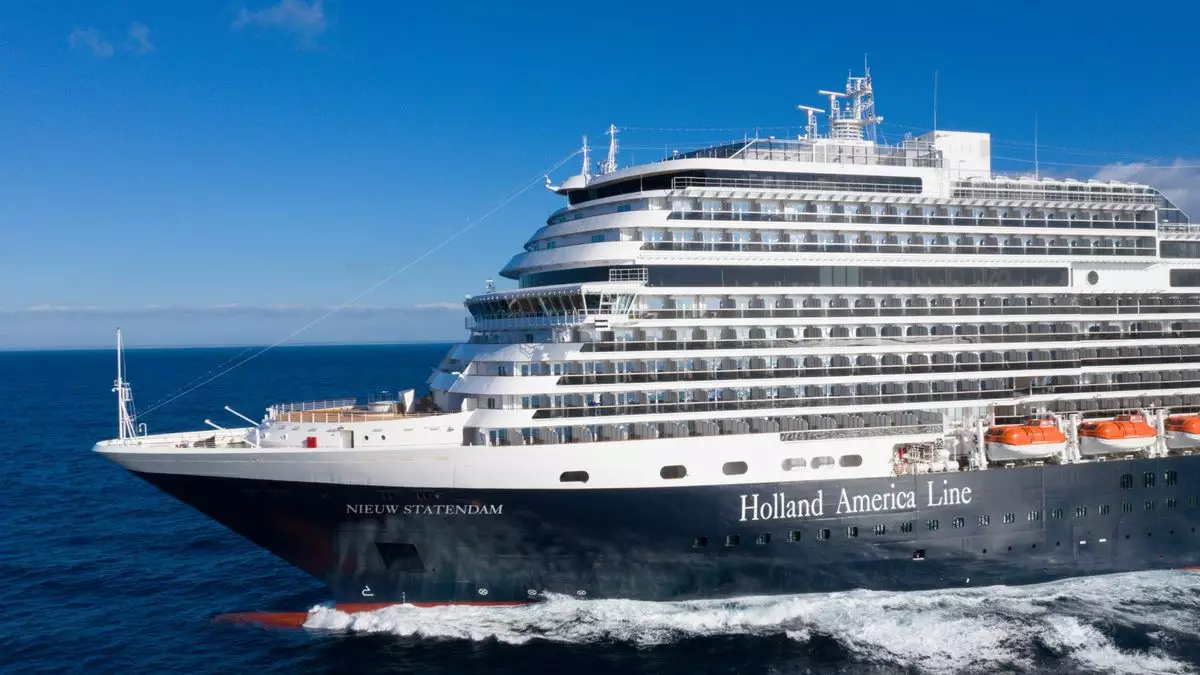The cruise industry has seen its fair share of challenges when it comes to combining sales teams from different brands. The collaborations that have been formed in the past have often proven to be short-lived. For instance, Royal Caribbean International and Celebrity Cruises joined forces in the late 1990s, only to part ways after a few years. Similarly, Princess Cruises and Cunard Line became sales partners in the mid-2000s, but they separated just last year.
The latest attempt at combining sales teams comes from Holland America Line and Seabourn Cruises, both Carnival Corp. brands. The decision to merge their sales teams was made with the hope of leveraging assets from both lines and building on a relationship that has been in the works for several years. This move is seen as a way to strengthen their presence in the market and provide enhanced support to travel advisors who work with both brands.
While executives from HAL and Seabourn are optimistic about the benefits of merging their sales teams, some industry leaders are more skeptical. There are concerns about the layoffs that may have occurred as a result of the consolidation, with reports suggesting that much of Seabourn’s sales staff were let go. Alex Sharpe, CEO of Signature Travel Network, acknowledges that while the idea of combining sales teams may seem logical on paper, it has historically proven to be difficult to execute successfully.
Geoff Cox, vice president of sales and marketing for KHM Travel Group, views the consolidation of sales forces as a cost-cutting measure rather than a strategic move to improve sales performance. He highlights the negative impact of reducing the number of people working with travel advisors, emphasizing the importance of maintaining strong relationships within the industry.
The newly formed sales team representing both HAL and Seabourn faces the challenge of selling two distinct brands while also developing new relationships with travel advisors. While this may benefit Seabourn as a small-ship luxury line, there are concerns about the loss of relationships that departing sales staff had cultivated over the years. The team will need to navigate these challenges to ensure the success of the merged sales operation.
The decision to combine sales teams from different cruise brands is not without its challenges. While there may be benefits to be gained from leveraging resources and streamlining operations, the potential risks and pitfalls must also be carefully considered. Only time will tell whether the union between HAL and Seabourn will be able to withstand the test of time and deliver on the promises of enhanced support and increased sales performance.


Leave a Reply